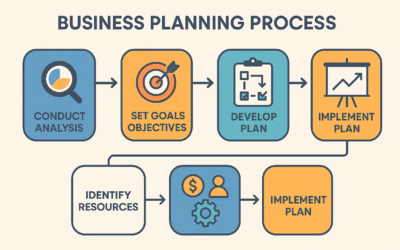Employee incentive programs are highly effective methods of boosting employee morale and driving engagement. This leads to higher rates of retention and increases in productivity.
Worldwide, this is a $100 billion industry, with $46 billion being non-cash incentives.
The value of employee incentive programs
These programs work because they leverage human behavior. Employees who get rewarded regularly are more motivated to complete associated tasks. Organizations using employee incentive programs have a 79% success rate in achieving their established goals because of offering rewards to their employees.
Company vehicles are often part of the ‘employee package’, but how do you decide whether you should provide a vehicle for full personal use or not.
Company vehicles
In some businesses, you need to provide vehicles to your employees to enable them to do their job.
Typically, tradesmen that travel to business or residential premises to repair appliances, install plumbing or electrical wiring, etc. will need a vehicle to get to their destination and to carry all the company tools and equipment required to complete the job.
Many salespeople need to travel to business or residential addresses to sell the organization’s products or services. Usually, they will carry the products, samples, or brochures in the vehicle.
Often it will be more convenient for the business to allow the employee to take the vehicle home with them at the end of each day.
For example, when your work hours go to 5.30 pm each day and the vehicle is for work use only, it must be returned to the workplace by 5.30 pm. If an employee is doing a job that is a 30-minute drive from the workplace, they will have to finish working at 5.00 pm, then drive back to the workplace, clock off, and find their transport to get home.
But if they are allowed to take the vehicle home with them, your employee could keep working until 5.30 pm, clock off (without returning to the workplace) and drive home in the company vehicle.
This makes your employee more productive at the end of the day, and potentially at the start of each day too. It’s also more convenient for the employee and saves them the cost of using a personal vehicle or public transport each day.
However, there are some issues.
Expenses incurred in operating a motor vehicle for a business are only tax-deductible when the vehicle is used for business use. This does not include the commuting between the work location and the employee’s home.
Are you allowing the employee to use the vehicle for other personal use? That also would not be tax-deductible.
You will need to have your employees keep accurate records of how much vehicle usage is for private and personal use.
The value of a company vehicle to an employee
Where the employee has full personal use of the vehicle, that vehicle effectively becomes part of the employee’s employment package’.
To calculate the value of a company vehicle to an employee, the best formula is to take the average miles driven in the USA multiplied by the IRS standard mileage rate.
These figures are 15,098 miles x $0.54/mile = $8,152.92, assuming the business is paying for all fuel, maintenance, insurance, and repairs.
An individual might drive more or less and the cost per mile might increase, but this is valuable information when someone is considering two job offers where one comes with a ‘full personal use’ company vehicle and the other job does not.
If your competitors offer a company vehicle, and you do not, you could show a salary that is $9,000/year higher than your competitor is a better offer.
However, if you offer a company vehicle and your competitor does not, you can show your offer is better if the competitors’ salary does not exceed your salary offer by more than $8,152.98 or thereabouts.
For some quality advice on your best options around company vehicles for employees have a chat with Global Resources LLC.

0 Comments